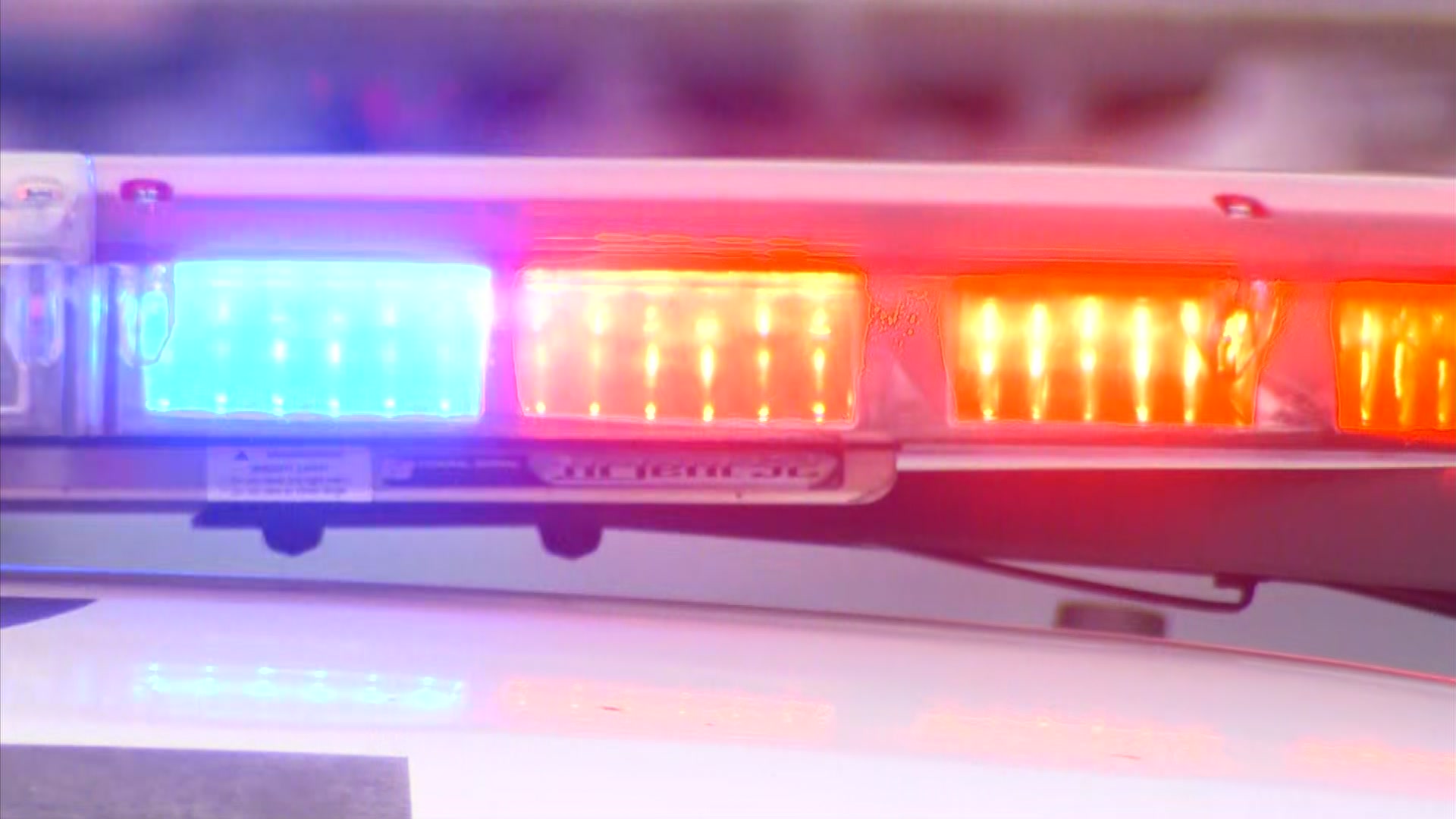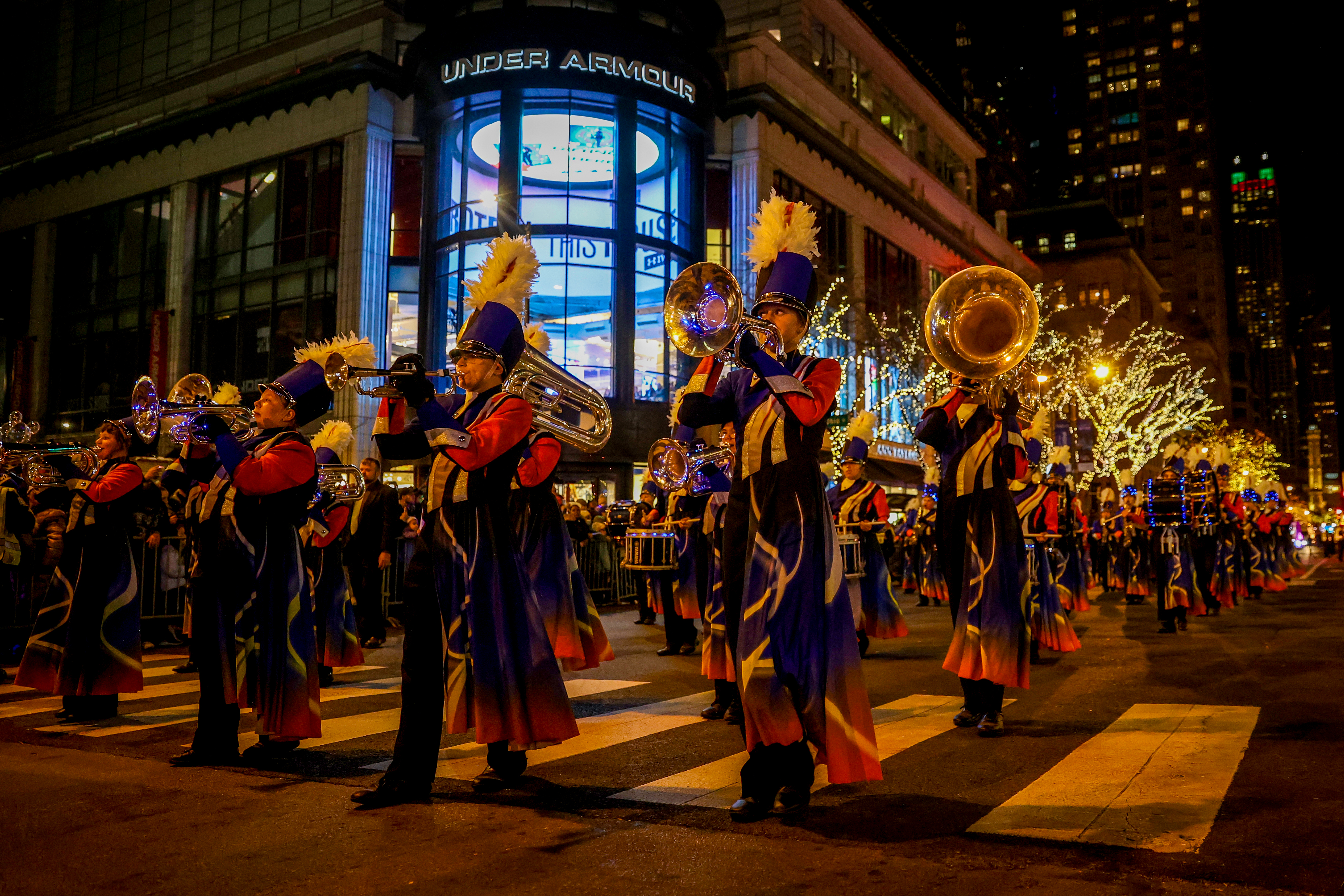An outbreak of tornadoes erupted in the Chicago area Wednesday, with numerous touchdowns reported, and it appears the dangerous conditions were in part sparked from a particular weather phenomenon.
So what exactly caused the July tornado outbreak and how common is it?
NBC 5 Storm Team meteorologists Brant Miller and Pete Sack broke the situation down.
Why did multiple tornadoes touch down in the Chicago area and Illinois and what is an outflow boundary?
The weather phenomenon that is partly to blame for the Wednesday tornado burst is known as an “outflow boundary,” or a “gust front.”
"Those boundaries are the leading edge of cool surface-level winds that result from the downdrafts of thunderstorms, like the ones that formed early in the afternoon on Wednesday in the Chicago area," NBC 5 Meteorologist Brant Miller said. "Those cool winds race towards the ground, and can spread out far beyond where they originated from."
When that happens, Miller said, "the air often bumps into warm and unstable air and then acts like a wedge, forcing that warm air upward."
Local
Additionally, "new thunderstorms can often form in these areas, and if they run into the outflow boundary, the low-level wind shear can cause thunderstorms to exhibit rotation, and that’s when tornadoes can form," Miller said.
According to the National Weather Service, "outflow boundaries may persist for 24 hours or more after the thunderstorms that generated them dissipate, and may travel hundreds of miles from their area of origin."
Feeling out of the loop? We'll catch you up on the Chicago news you need to know. Sign up for the weekly Chicago Catch-Up newsletter.
How do tornadoes form?
A tornado forms when rising warm air and sinking cool air cause spinning air currents inside a cloud. That rotation then turns from horizontal to vertical orientation, then descends to the ground, and a tornado forms.
How common is it?
NBC 5 Storm Team Meteorologist Kevin Jeanes said "outflow boundaries are normal," but they don't always lead to situations like the one seen in the Chicago area Wednesday.
Tornadoes also aren't uncommon in the Chicago area.
Over the years many tornadoes have struck in the Chicago metropolitan area, and several have hit within the city limits of Chicago, according to the National Weather Service. Between 1855 and 2021, the weather service recorded 97 significant tornadoes in the Chicago metro area.
The deadliest formed in Palos Hills in Cook County on April 21, 1967. The twister traveled 16 miles (26 kilometers) through Oak Lawn and the south side of Chicago, killing 33 people, injuring 500 and causing more than $50 million in damage, according to the weather service.
What happened in the Chicago area?
Numerous touchdowns were reported across the area on Wednesday afternoon, causing damage in communities from Campton Hills to South Elgin.
One tornado even touched down near Chicago’s O’Hare Airport, damaging structures and causing a ground stop to be declared by the FAA.
According to the NWS, the total number of tornado touchdowns from Wednesday has yet to be finalized, adding that a final number count should be completed as the week goes on.
"We currently do not have an estimate of the total number of tornadoes," the NWS said. "We will determine the official count along with intensity ratings following damage surveys over the coming days."
The Associated Press contributed to this report



